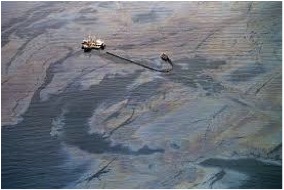by Miles, Sophia, and Charlie
Bishop O’Dowd High School
A sharp, cold wind rips across the beach, chilling the shivering O’Dowd students to the core. But there is no room for weakness. The research must be conducted at any cost. As the oceans continue to be examined, the relationship between sand crabs and sanderlings remains unclear. The two species are locked in the age-old, evolutionary battle of predator and prey, but the other aspects of their interactions are unknown. Exploring the correlation between the abundance of sand crabs and the abundance of shorebirds on Ocean Beach is a key component of understanding the beach as a whole. This research is vastly important, as sand crabs act as prey for many species on the sandy beaches, and serve as an indicator species, or a species that serves as a gauge for a habitat’s health.
More

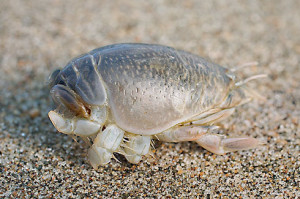 by Brian, Somari, and Charles
by Brian, Somari, and Charles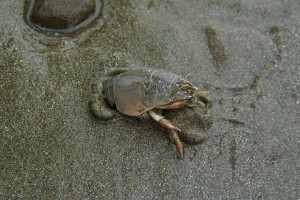 by Julia, Olivia, and Thomas
by Julia, Olivia, and Thomas
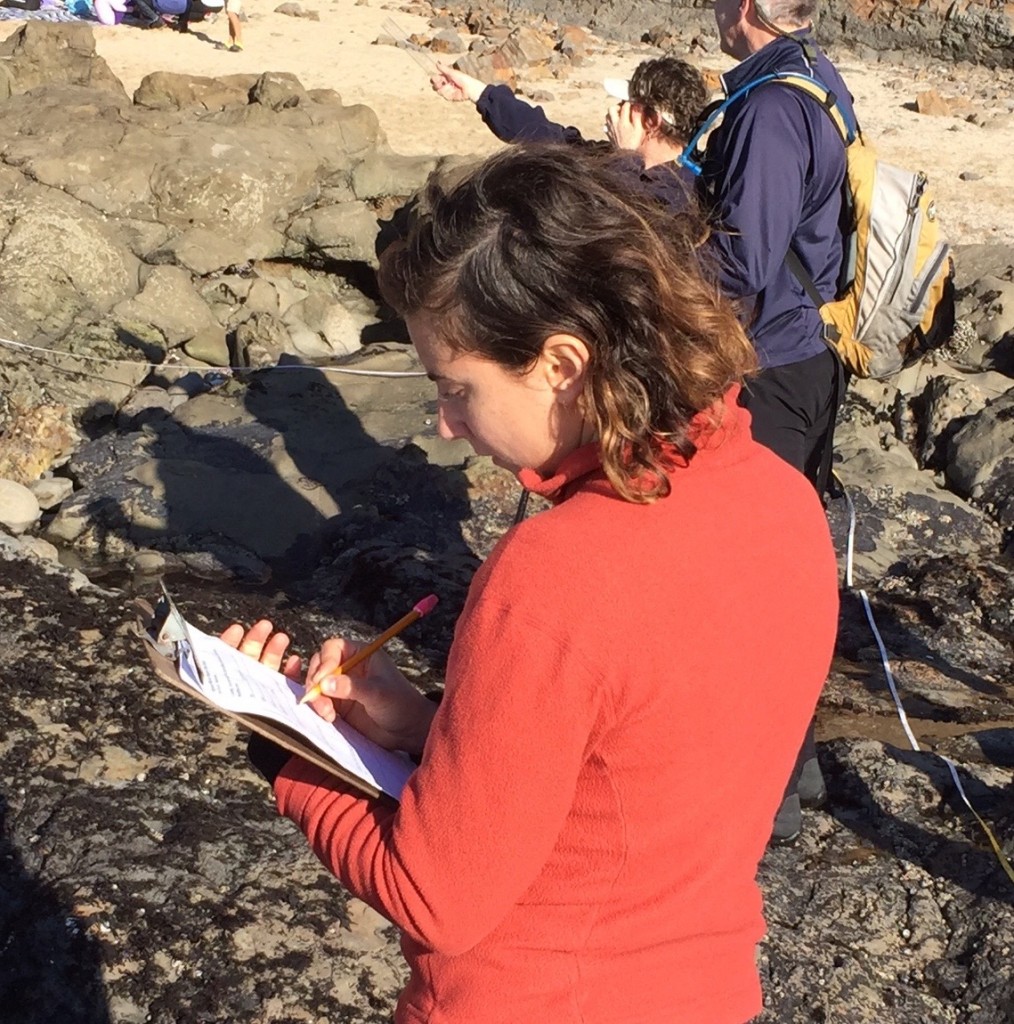
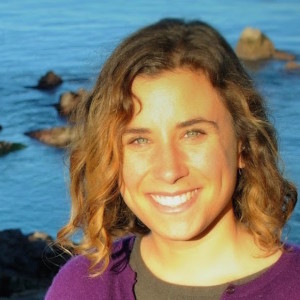

 our monitoring site since 2000. Peers from the Branson School enthusiastically shared anecdotes of past monitorings, marveling at the striking stripes of Anthopleura sola, also known as sunburst anemones, colorful, alien-looking nudibranchs, or stunning magenta sunsets they had witnessed. Scarcely anyone was on their phones (a rare occurrence for teenagers), and people seemed almost giddy to be outside and immersed in the cool, salty ocean air.
our monitoring site since 2000. Peers from the Branson School enthusiastically shared anecdotes of past monitorings, marveling at the striking stripes of Anthopleura sola, also known as sunburst anemones, colorful, alien-looking nudibranchs, or stunning magenta sunsets they had witnessed. Scarcely anyone was on their phones (a rare occurrence for teenagers), and people seemed almost giddy to be outside and immersed in the cool, salty ocean air.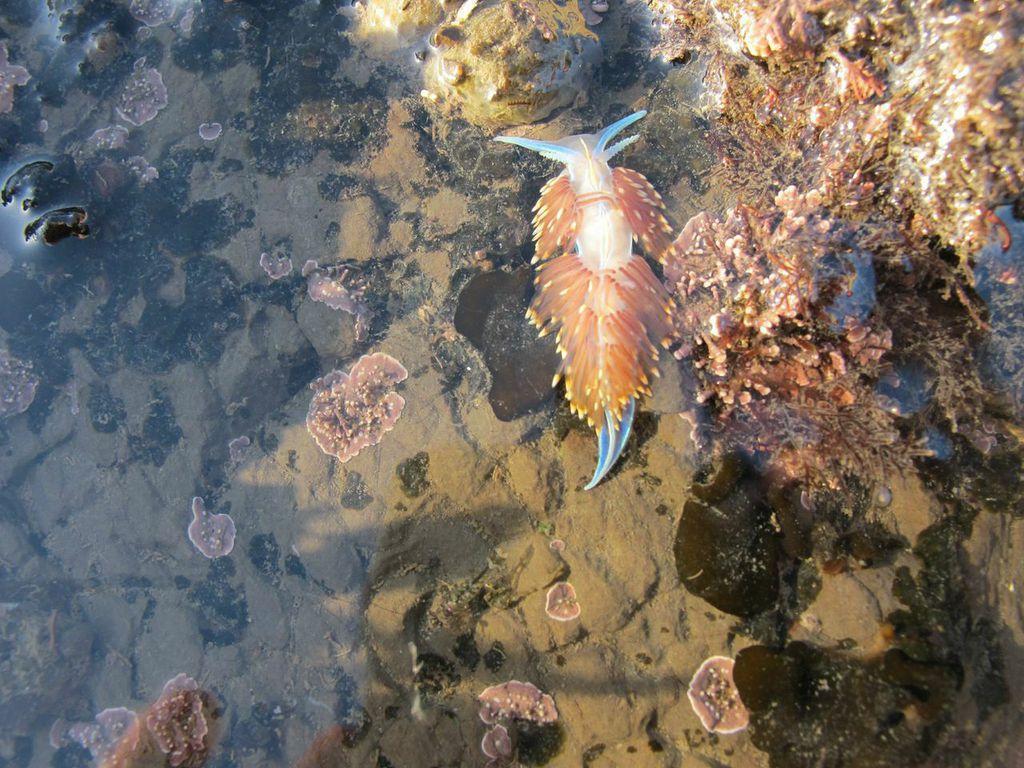
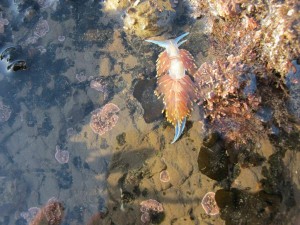
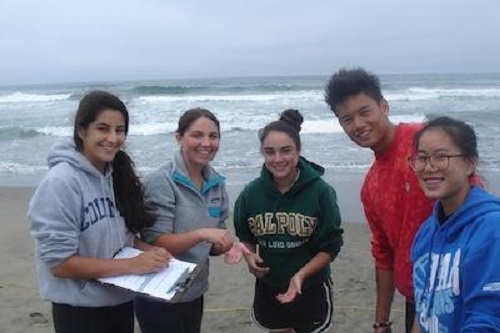
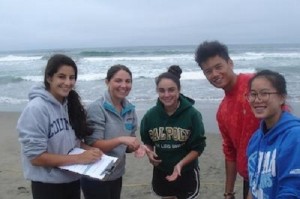 Do you know where sand crabs find love? Is there such a thing as a Match.com for sand crabs? It just so happens that there’s a great spot for sand crab love, and it’s along certain parts of Ocean Beach.
Do you know where sand crabs find love? Is there such a thing as a Match.com for sand crabs? It just so happens that there’s a great spot for sand crab love, and it’s along certain parts of Ocean Beach.